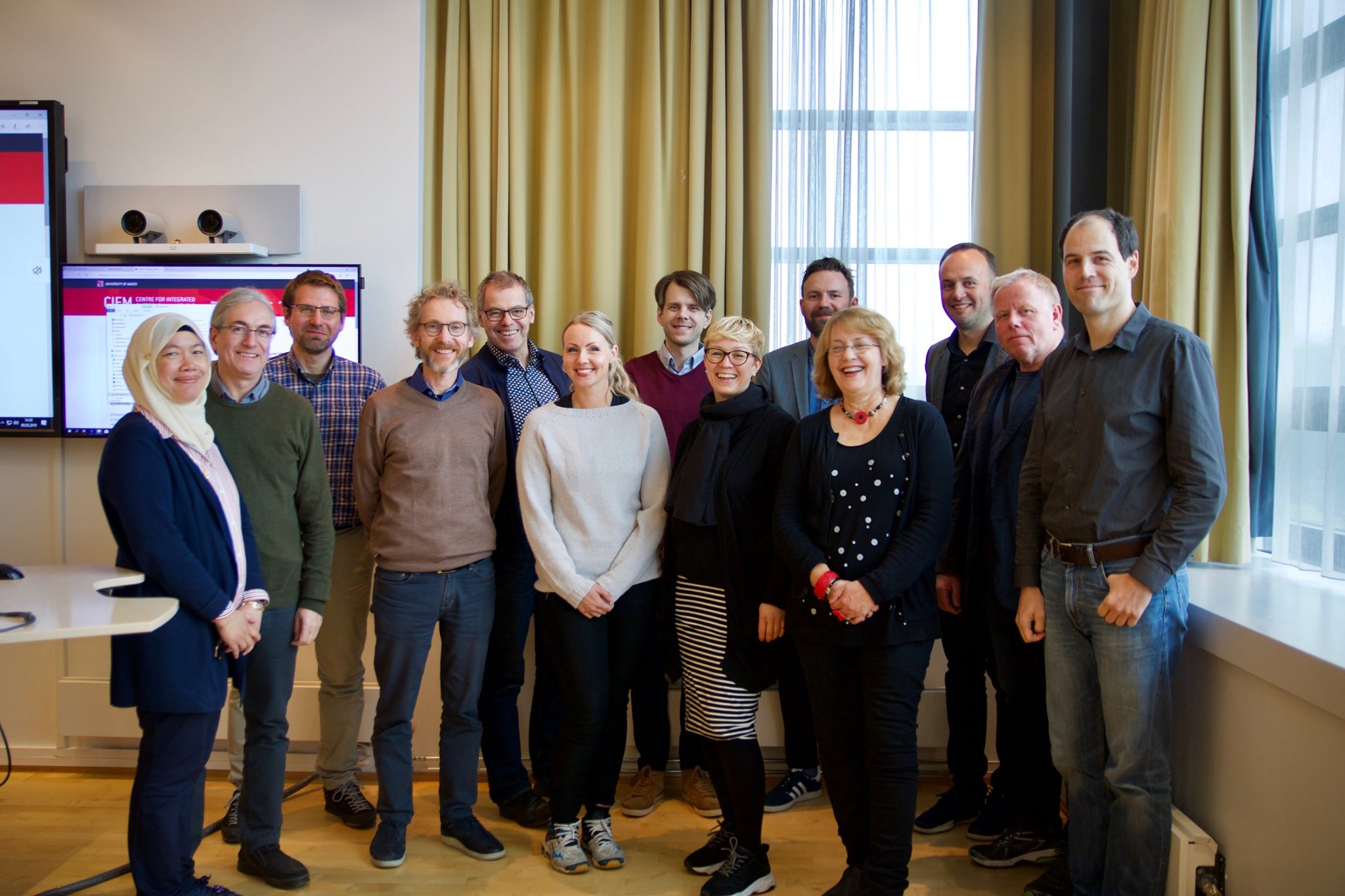
Emergency responders lack support to effectively share information and establish a common operational picture (COP), for reaching shared situational understanding of threats and incidents. This challenge is multifaceted:
1) lack of a systematic overview of information elements that are critical to share in different crisis scenarios;
2) no common map interface in place using standard symbols; and
3) different terminologies used across disciplines, resulting in possible communication problems in multi-agency collaboration.
The INSITU project will address these challenges by developing systematic support for enhanced situational understanding. The solution will provide a common map interface, integrating harmonisation of terminology and collaboration support for information sharing and synthesis. The enhanced COP will also support evaluation and learning from exercises and incidents.
The project is coordinated by the Centre for Integrated Emergency Management (CIEM) at the University of Agder, in collaboration with NTNU, Tingtun AS, F24 Nordic, the County Governor of Agder, Center for Advanced Research in Emergency Response at Linköping University, and the University of Sydney. A reference group of key emergency stakeholders secures close interaction with end users.
An interdisciplinary team of experts in emergency management, geographic information systems, terminology harmonisation and digital collaboration, will work together to solve the R&D challenges related to information synthesis, geovisualization, terminology harmonisation, interoperability and collaboration scripting.
The project will result in improved capabilities for emergency responders in sharing and using information from different sources, which ultimately will strengthen societal resilience. Close interaction with end users, and participation from technology developers and vendors will facilitate uptake of the project results among emergency stakeholders.